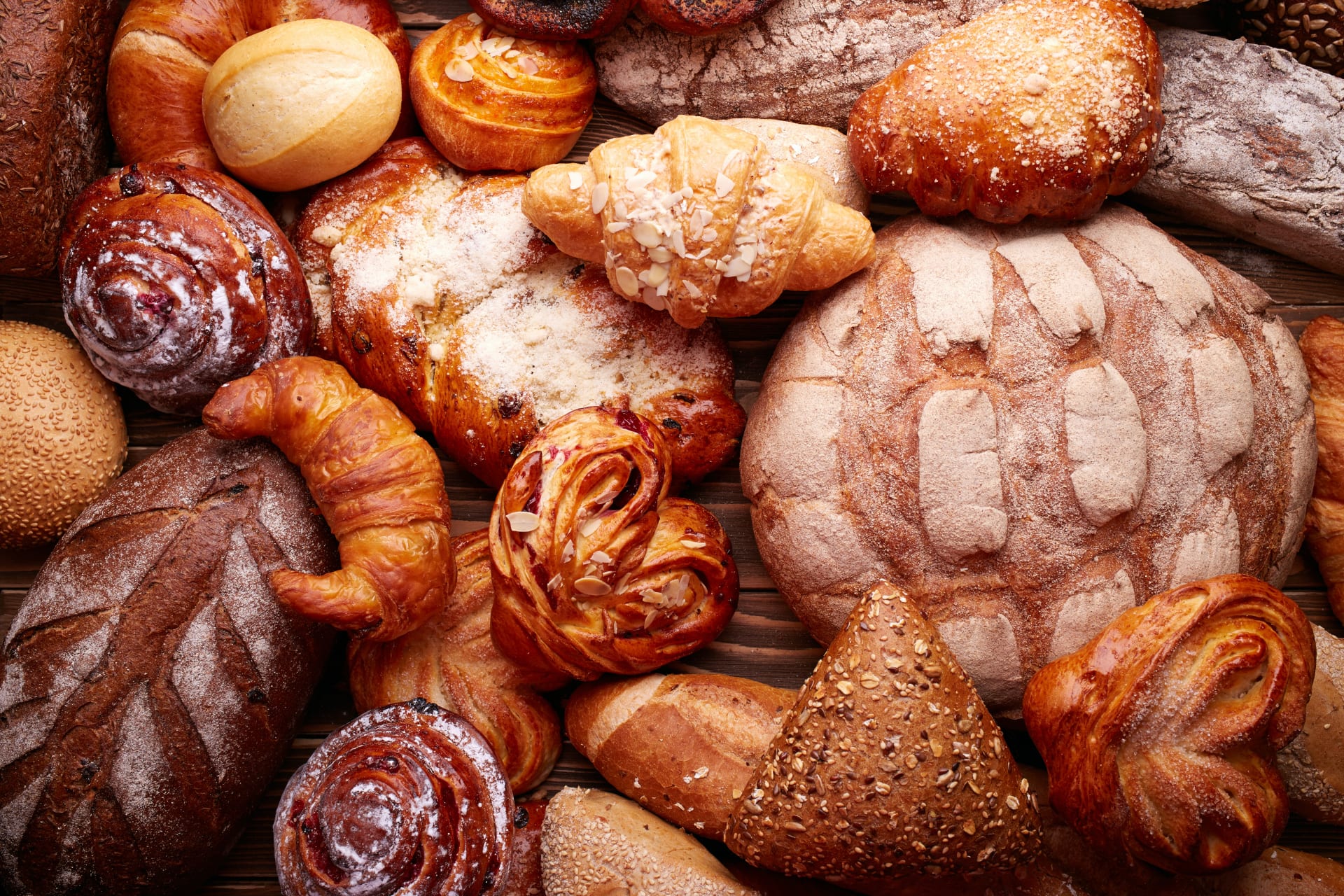You are using an outdated browser. Please upgrade your browser to improve your experience and security.
Waste no food
The issues
Food waste occurs in all areas of the kitchen and costs the hospitality industry billions of dollars each year. Sweet gastronomy is often measured and precise in its recipes, but food waste still occurs. Fruit and dairy can go off, off-cuts of pastry can get thrown away, portion sizes can be too large, and shelves can be over-filled to meet customer expectations. All of this leads to avoidable food waste.
Why it matters
Between 8-10% of global greenhouse gas emissions are associated with food that is not consumed. This wasted food also represents a financial cost to businesses. Given there are food shortages in parts of the world, a responsible business has a duty to try and limit food waste.
Top tips to waste no food
- Develop recipes with food waste in mind and use preservation methods to prevent food waste from occurring



